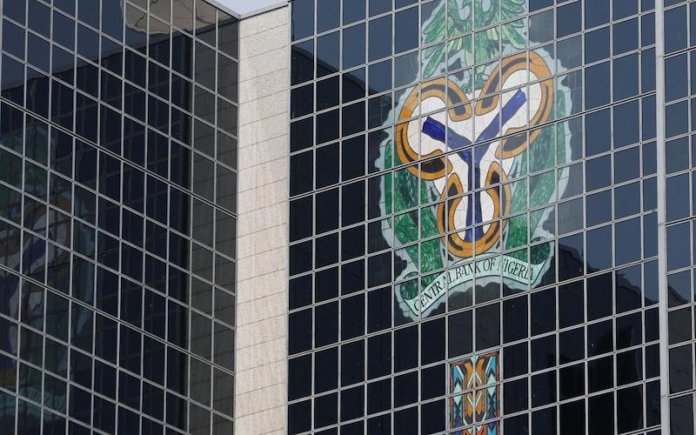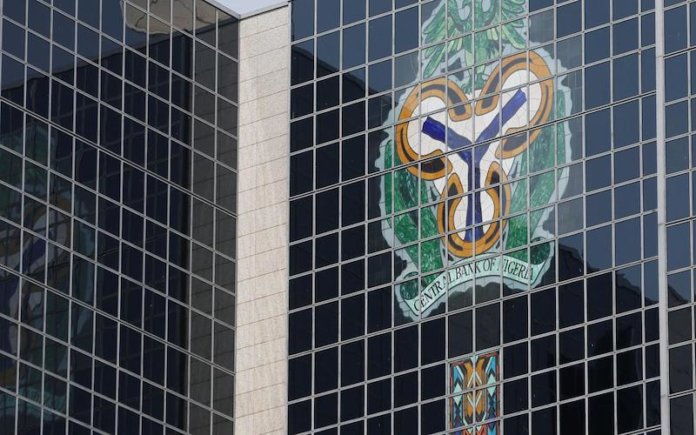
Latest data by Central Bank of Nigeria (CBN) has revealed that total direct remittances from Nigerians in Diaspora dropped by 62,4 per cent to $1.96 billion in 10 months of 2021 from $5.21billion it recorded in prior year’s 10 months.
Analysts attributed the significant drop to current global economy challenges caused by COVID-19 and dwindling global oil prices.
The CBN had revealed that Nigeria received $19.2 billion and $5.5billion in total direct remittances between 2019 and 2020 respectively.
Remittances are funds transferred from migrants to their home countries.
The breakdown of CBN’s total direct remittances, according to its ‘international payment’ data revealed that, in January 2021, $185million was remitted, while in February, $452million was the total direct remittance.
According to the CBN, $227million and $165mllion was the total direct remittance between March and April 2019 respectively. The data disclosed that total direct remittance dropped to $150million in May; $378million in June and $37.6 billion in July 2021.
For August and September, the apex bank reported $86million and $224million was remitted to the nation’s economy, respectively.
It added that $51.74million was the total direct remittance in October.
The CBN had licensed International Money Transfer Operators (IMTO) and monitors legitimate foreign currency, most especially Dollar inflow into the country.
In addition, banks and oil companies also remit foreign currency to the CBN.
The World Bank had projected $17.6 billion diaspora remittances into Nigeria in 2021, representing 2.5 per cent increase from $17.2 billion recorded in 2020.
The bank had attributed the moderate increase in Nigeria’s Diaspora remittances to increasing influence of policies intended to channel inflows through the banking system.
Among other things the report projected 7.3 per cent increase in remittances to low and middle income countries in 2021.
The World Bank also projected a 6.2 increase in remittances to Sub-Saharan countries in 2021. The World Bank stated: “Remittances to low- and middle-income countries are projected to have grown. This return to growth is more robust than earlier estimates and follows the resilience of flows in 2020 when remittances declined by only 1.7 percent despite a severe global recession due to COVID-19, according to estimates from the World Bank’s Migration and Development Brief released today.
“Remittance inflows to Sub-Saharan Africa returned to growth in 2021, increasing by 6.2 percent to $45 billion. Nigeria, the region’s largest recipient, is experiencing a moderate rebound in remittance flows, in part due to the increasing influence of policies intended to channel inflows through the banking system.”


















































